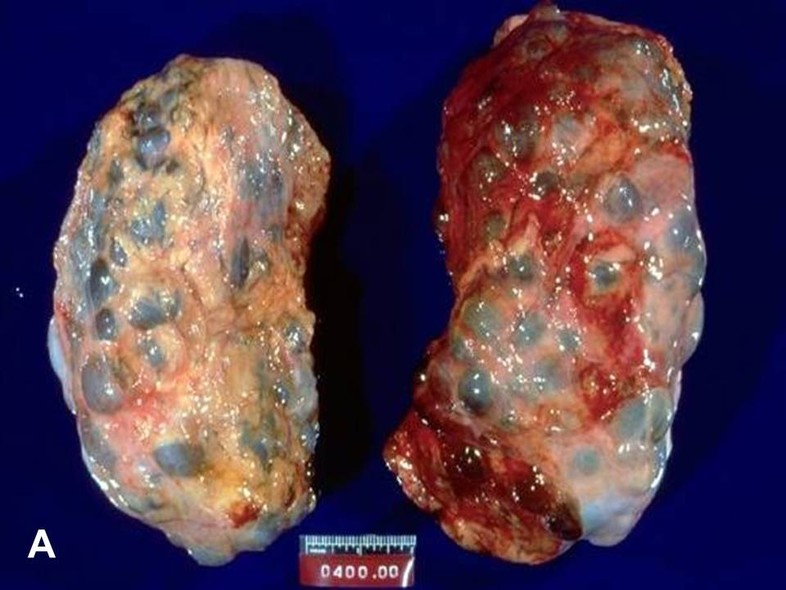Regulus Therapeutics said it is eliminating 60% of its workforce as part of a restructuring designed to extend its available cash until mid-2019—the second time in 14 months that the company has cut jobs.
The 60% workforce cut would amount to 38 jobs, based on the 63-employee staff Regulus reported as of December 31, 2017. Of the 63 employees, 49 were engaged in R&D activities and 14 in finance, legal, human resources, facilities, and general management, Regulus stated in its Form 10-K Annual Report for 2017, filed March 8.
In May 2017, Regulus eliminated 30% of its workforce, approximately 30 jobs, in a restructuring that included the resignation of Paul Grint, M.D., as president and CEO, and his succession by Joseph P. “Jay” Hagan.
Yesterday Regulus also said it has “paused” recruitment activities for its lead clinical program, the Alport syndrome candidate RG-012 being developed through a collaboration with Sanofi Genzyme, while it pursues talks with partner Sanofi aimed at restructuring the partnership. That alliance stretches back to 2010, when Regulus received a $10 million equity investment from what was then called Sanofi-Aventis, in a collaboration valued at over $750 million and initially focused on fibrosis.
RG-012 is a single-stranded, chemically modified oligonucleotide designed to bind to and inhibit the function of microRNA 21 (miR-21) for the treatment of Alport syndrome, an inherited form of kidney disease caused by mutations in the type IV collagen genes (Col4A3, Col4A4, and Col4A5.
Regulus reported encouraging preliminary results from the first patients studied in a Phase I renal biopsy study (NCT03373786), saying that they showed modulation of miR-21 as well as kidney tissue concentrations that are predictive of therapeutic benefit based on animal disease models. Regulus is also recruiting patients for a Phase II study designed to assess safety and efficacy of RG-012 in approximately 40 males ages 18 to 60 with Alport syndrome (NCT02855268).
In addition, Regus voluntarily paused its Phase I multiple ascending dose (MAD) study for its autosomal dominant polycystic kidney disease (ADPKD) candidate RGLS4326 following undisclosed “unexpected observations” in the 27-week mouse chronic toxicity study.
The MAD study is designed to characterize the safety, tolerability, pharmacokinetics, and pharmacodynamics of increasing doses of RGLS4326 administered subcutaneously in healthy volunteers. The MAD study was launched based on data from a single ascending dose (SAD) Phase I study that has completed dose escalation and continues in the planned follow-up phase. Results from the MAD study are designed to support a Phase II proof-of-concept (POC) trial assessing RGLS4326 in ADPKD, which was previously planned to start in mid-2019.
The restructuring is projected to save Regulus more than $20 million annually—double the $10.057 million in cash and cash equivalents the company reported as of March 31, according to its Form 10-Q quarterly report for Q1 2018.
“Very Disappointed”
“I am very disappointed that we need to take these drastic steps to preserve our capital, especially given the significant contributions by our dedicated employees to the progress made toward unlocking the potential of targeting microRNAs,” Hagan said in a statement.
Hagan said the observations in the mouse chronic toxicity study contrasted with the favorable safety profile of RGLS4326 in previous non-Good Laboratory Pracice (GLP) and GLP toxicity studies at the same or similar doses supporting the company’s Investigational New Drug (IND) and Phase I program for the candidate.
RGLS4326 is a novel oligonucleotide designed to inhibit microRNA 17 (miR-17) by targeting the kidney. Preclinical studies with RGLS4326 have demonstrated a reduction in kidney cyst formation, improved kidney weight/body weight ratio, decreased cyst cell proliferation, and preserved kidney function in mouse models of ADPKD.
In the near term, Hagan said, Regulus will focus on investigating the unexpected mouse toxicity findings in the RGLS4326 study, shifting its preclinical research effort toward its hepatitis B virus (HBV) programs, and “looking for additional ways to improve shareholder value.”
In consultation with the FDA, Regulus said, it is pursuing the toxicity investigation and planning a new 27-week mouse chronic toxicity study with unspecified changes expected to address the unexpected findings. The company said the changes will not affect a separate 40-week nonhuman primate chronic toxicity study, which continues with no significant findings to date.
Regulus said will overhaul its preclinical R&D by focusing on HBV while seeking partners for its other programs, which include glioblastoma multiforme (targeting microRNA 10b) and three indications with undisclosed targets—nonalcoholic steatohepatitis (NASH), infectious diseases, and immunology.
“The Company has determined that advancing its preclinical programs targeting HBV represents the most attractive opportunity in its pipeline for investment, affecting an estimated 350 million people worldwide.,“ Regulus stated.
The HBV treatments will target multiple undisclosed microRNAs that serve as host factors for the virus. The treatments be designed to attack those host factors with GalNAc-conjugated oligonucleotides directed to the liver—an approach the company used in its preclinical hepatitis C virus program, which has shown human POC by targeting microRNA 122 (miR-122).
Regulus added that it now expects to file an IND for the HBV program in the second half of 2019, “with the potential of achieving human POC in a Phase I study.”



